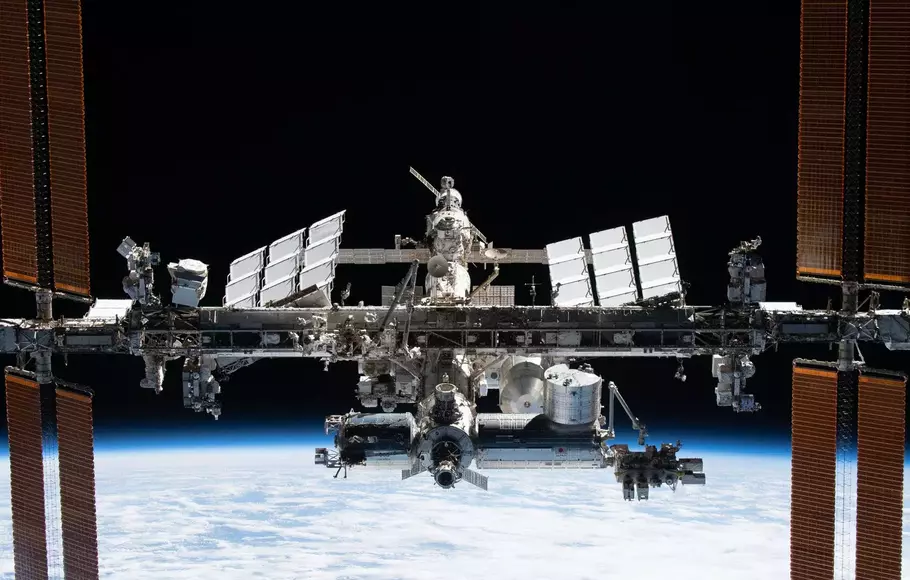Thursday, October 5 2023 | 12:06 WIB
Ani Nur Iqrimah / TCE
Jakarta, Beritasatu.com – The International Space Station (ISS) is a residence and space laboratory.
This spacecraft is controlled by space agencies from various countries, with the main countries being the United States Aeronautics and Space Administration (NASA), the Russian Aeronautics and Space Agency (Roscosmos), the Canadian Space Agency (CSA), the Japanese Aerospace Exploration Agency (JAXA), and member states of the European Space Agency (ESA).
The ISS is located about 420 kilometers above the earth’s surface, and orbits the earth at a speed of about 28,000 kilometers per hour.
This station was originally built to accommodate humans in 1984, then developed into an official international project in 1998. Quoted from BritannicaWednesday (4/10/2023), following is the history of the founding of the ISS.
History of the Establishment of the ISS
After seeing the success of the Soviet Union in creating a space station on April 19 1971, with the name Salyut, the United States (US) planned a permanent space station called Freedom, in the mid-1980s.
Then in 1998, the US and Russia decided to join forces on a joint project, which eventually became the ISS. This station is divided into two main parts, namely the Russian orbital segment (ROS) and the United States orbital segment (USOS).
The first module of the ISS was created under the name Zarya, and was launched by Russia on November 20, 1998. This module acts as a power generator and station docking early
The ISS was built in stages over many years. Additional modules and laboratories are delivered to the station through a lengthy process.
After all the modules, facilities and laboratories were almost perfect, on November 2 2000, NASA astronaut Bill Shepherd, cosmonaut Yuri Gidzenko and Sergei Krikalev became the first crew to live on the ISS.
Cosmonaut is the Russian term for astronauts. The three were on the Expedition 1 mission, spending four months aboard the ISS to complete tasks, and bring the station to life. Their arrival at the ISS marked the beginning of life, and the residence of astronauts and cosmonauts.
So far, the ISS has been an extraordinary scientific research platform. Scientists from all over the world use the station’s facilities to conduct a variety of research. From the ISS, scientists have generated a better understanding of the impact of life in space. Various scientific research has been carried out on the ISS, including in the fields of physics, biology and astronomy.
ISS Retired in 2030
The ISS has operated for more than two decades, both as a microgravity research center, which scientists use to investigate Alzheimer’s disease and cancer, study Earth remotely, learn more about the impact of long-term spaceflight on the human body, and conduct thousands of other experiments.
The plan is that NASA will immediately retire the ISS in 2030. Later, the ISS will be dropped into an uninhabited area in the Pacific Ocean. It must be admitted that the sustainability of the ISS is not eternal.
As time goes by, the pressure on the main structure of the ISS increases, including the impact of temperature changes as the station moves, and moves out of areas exposed to sunlight.
Meanwhile, Russia, as the main country that founded this project, also plans to withdraw early in 2024, and will establish its own space station.
2023-10-05 05:06:10
#History #Space #Station #Retire


